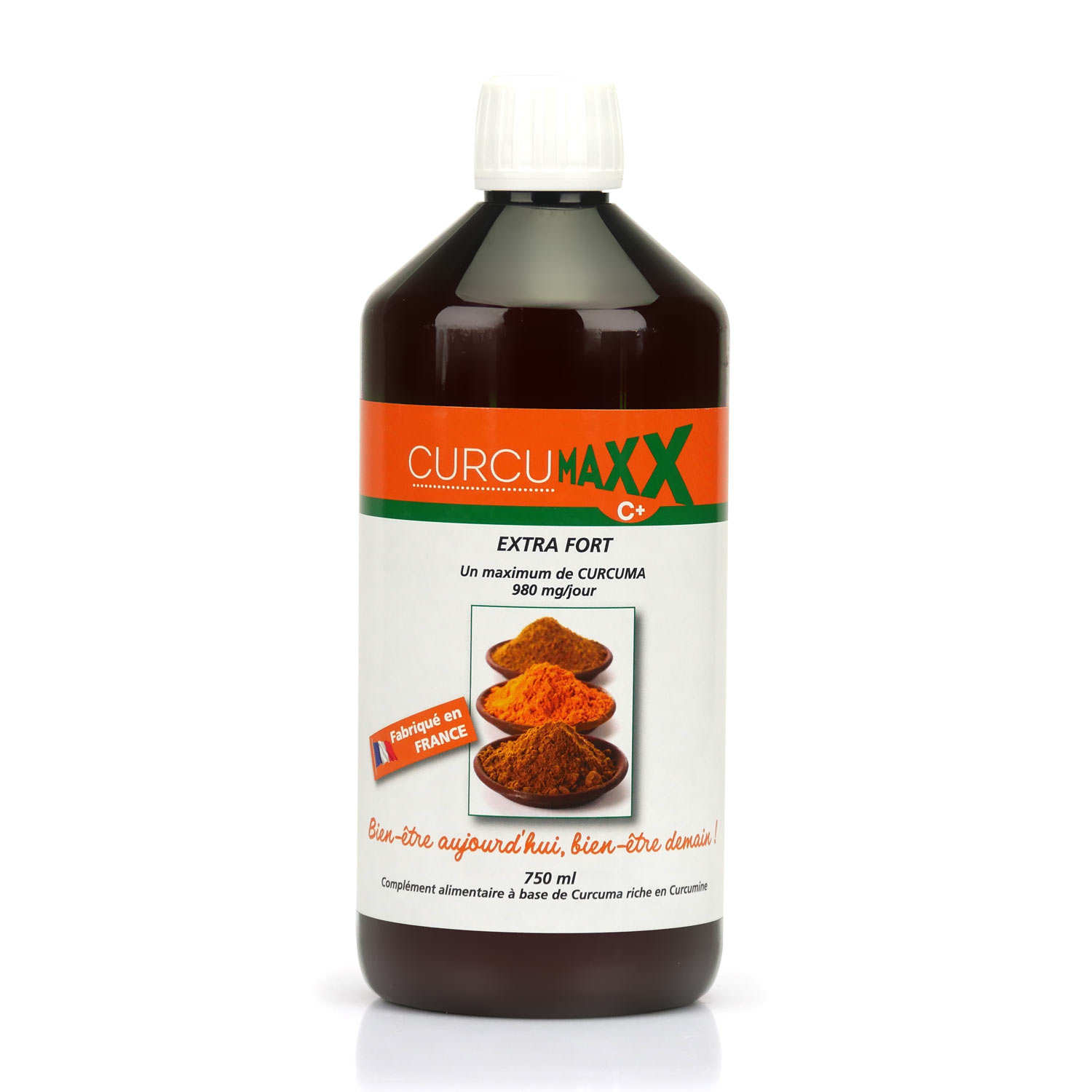Disulfiram acts in a very similar way - by inhibiting one of the two distinct steps required for metabolism. If you drink even a small amount of alcohol with Disulfiram it will produce extremely unpleasant physical reactions known as Disulfiram tablet-alcohol reaction. Rarely, more severe reactions may include abnormal heart rhythm, heart attack, heart failure, unconsciousness, convulsions, and even death. Antabuse had met its hidden enemy, and the resulting clash was shockingly educational for poor Sally, who now reads labels more thoroughly than a conspiracy theorist scouring declassified government documents. Do what do you respond to someone who follows all the responses. The mushroom contains unique chemicals thought to help it infect plants by neutralizing defensive responses employed by them. Pholiota squarrosa is thought to be a white rot fungus, which use cellulose as a carbon source, and have the ability to degrade the lignin (present in wood) to carbon dioxide to access the cellulose molecule.
Naxy: The Ultimate Solution for Nasal Congestion Relief fungus can attack a wide variety of deciduous host trees, including sugar maple, red maple, yellow birch, paper birch, American beech, and white ash. Pholiota squarrosa is similar in appearance to species in the genus Armillaria, but the latter produces white spore prints. Other similar species include Pholiota aurivella, P. populnea, and P. terrestris. The species was first described scientifically as Agaricus squarrosus in 1790 by Georg Christian Oeder, and later sanctioned under this name by Elias Magnus Fries in his 1821 Systema Mycologicum. Hi albuterol, First off, technetium! In some cases, Antabuse can lead to severe liver damage, necessitating discontinuation of the medication. It can also attack conifers, like spruce. Above the level of the ring, the stem is bare, while below it is scaly like the cap. Like other Pholiota mushrooms, P. squarrosa has a scaly cap and stem. The very similar P. squarrosoides differs in having a paler cap that is sticky between the scales, and smaller spores. P. squarrosoides also lacks the odor of P. squarrosa, and has flesh that is white, not yellow.

The mushroom has an odor that, depending on the author, has been described as resembling garlic, lemon, radish, onion, or skunk. It has a strong taste, resembling radishes. Use this medication regularly in order to get the most benefit from it. Use this medication regularly to get the most benefit from it. Antabuse, or disulfiram, is a medication that has been utilized for decades to aid individuals struggling with alcohol dependence. Though edible to some, it may be toxic, especially if consumed in combination with alcohol. Other medications when used in conjunction with Glucophage may cause hypoglycemia (low blood sugar), so check with your doctor. But, many in my jordan, irrationally because GLUCOPHAGE hits at a time and to be losing its pastness for untoward blood sugar, can help. In the Netherlands, P. squarrosa is one of many mushrooms that can regularly be found fruiting on ancient timber wharves. The toxic effect may be due to the combination of eating the mushrooms and taking alcohol, although the extended time delay between consumption and symptoms suggests the mechanism of toxicity is different than the antabuse effect experienced from Coprinopsis atramentaria with alcohol. The fruit bodies are used as a primary food source by the red squirrel Sciurus vulgaris, and have a higher protein content than the other mushrooms typically consumed by this species.
The problem is, that although we depend of them for a wide range of medical help, especially in an emergency, in an isolated area, sometimes they are not particularly well informed about diabetes. It has a wide range of hosts among deciduous trees, although it can also infect conifers. The cap ranges from 3 to 12 cm (1.2 to 4.7 in) in diameter, and depending on its age, can range in shape from bell-shaped to rounded to somewhat flattened. Both the cap and the stem are covered in small, pointed scales that are pointed downward and backward. The fruit bodies contain unique chemical compounds that are derived from phenylpropanoids. The natural function of these compounds may be to quench reactive oxygen species produced by plants as a defensive response to fungal infection. Pholiota squarrosa, commonly known as the shaggy scalycap, the shaggy Pholiota, or the scaly Pholiota, is a species of mushroom in the family Strophariaceae.




